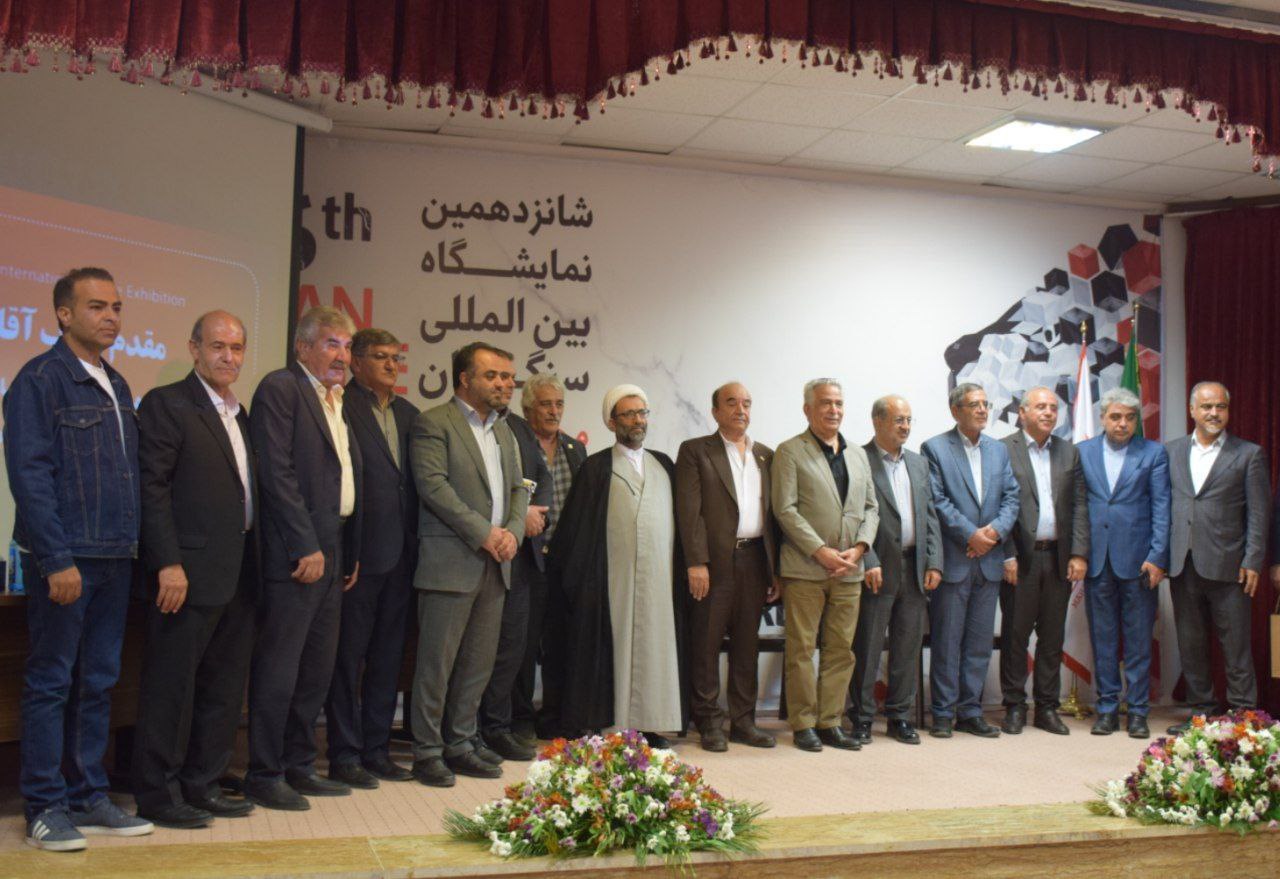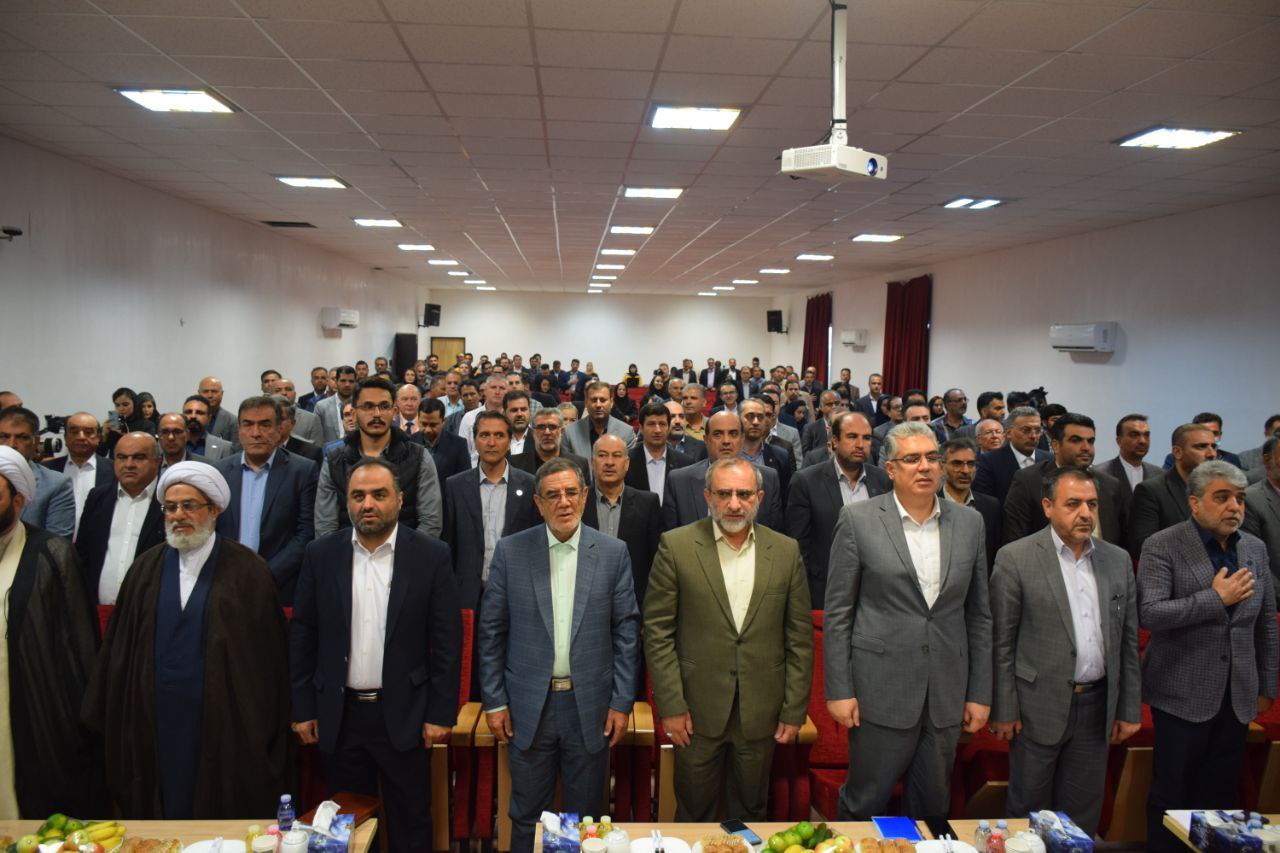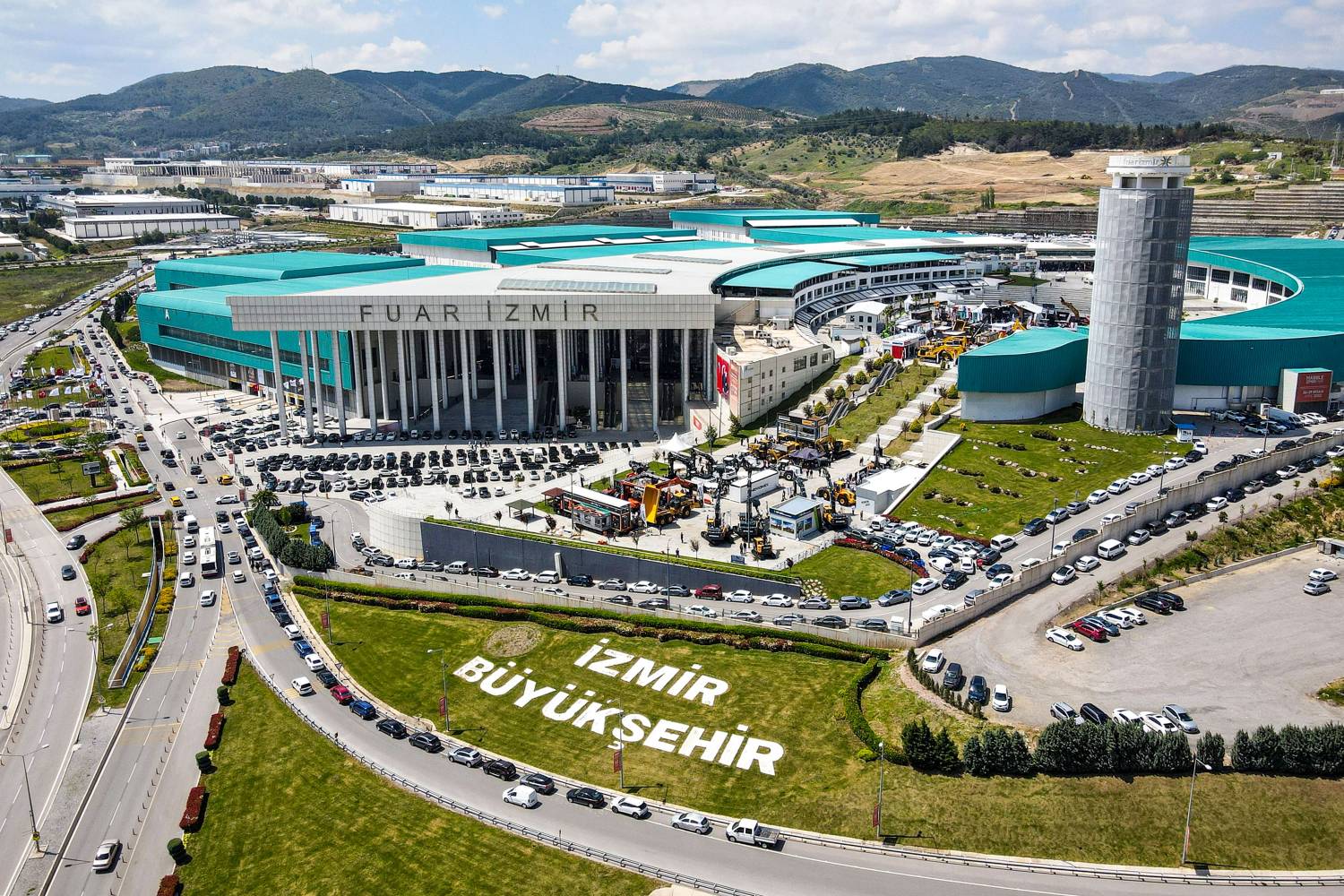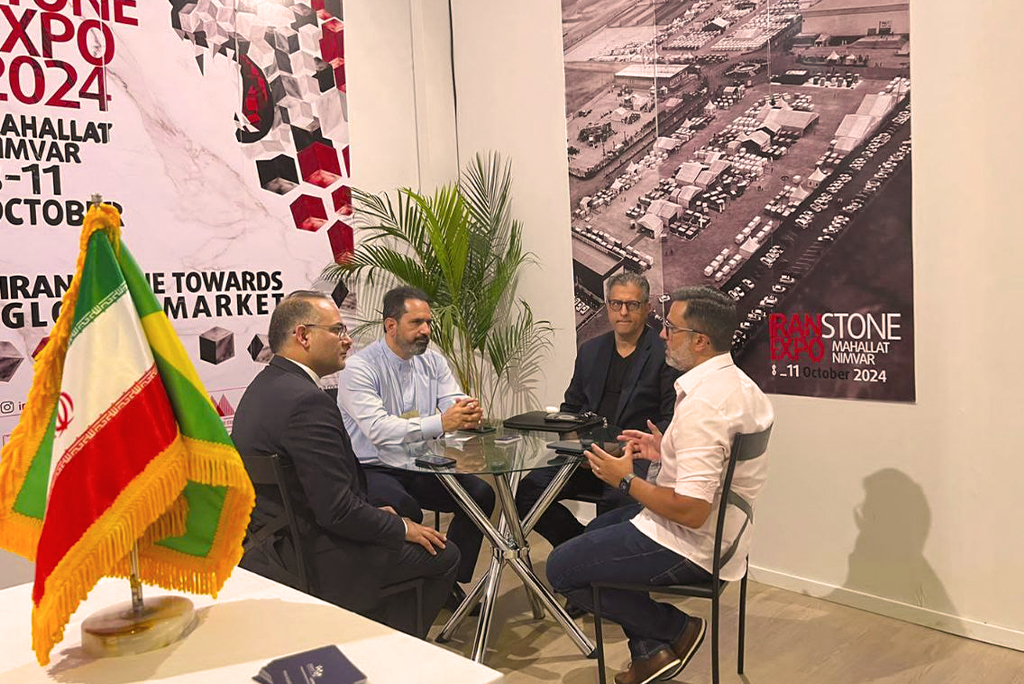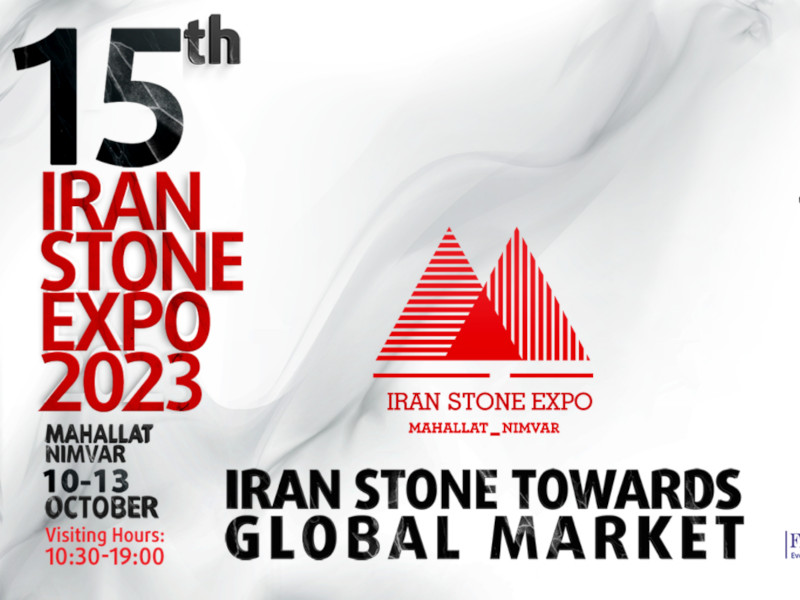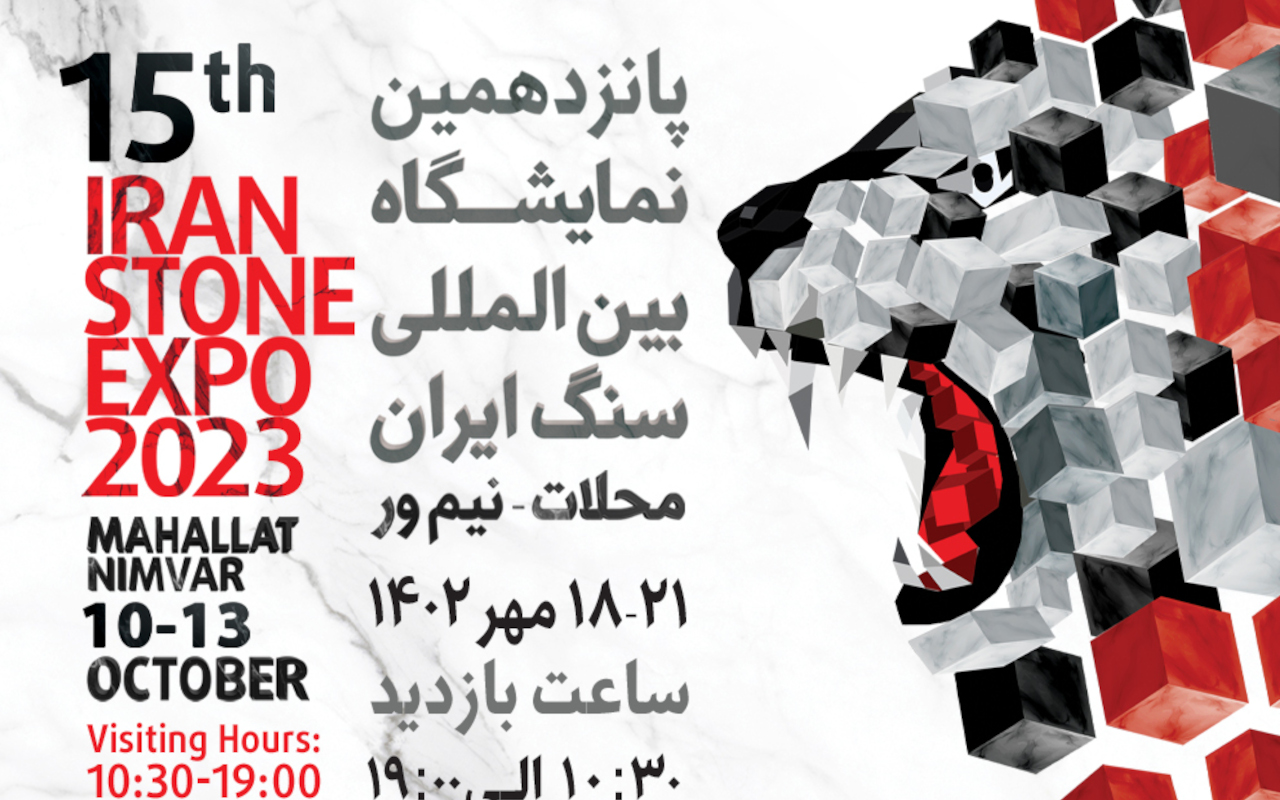A golden opportunity to explore

According to the latest statistics announced by the Industry, Mining and Trade Organization of South Khorasan, the province ranks 65th in the country in terms of reserves with 657 mining exploitation licenses and a definite reserve of 6 billion 700 million tons, and fourth in the country in active mines and related employment. dedicated.
According to the International Iranian Stone Exhibition, South Khorasan, despite its rich reserves of coal, coke and iron, magnesite, bentonite, chromite, marble, andalusite, basalt, potash, copper and gold, industrial soils and the formation of the steel cycle in the province, The top 5 mineral provinces play an important role in the economy and the realization of the country's long-term goals.
According to the latest statistics announced by the Industry, Mining and Trade Organization of South Khorasan, with 657 mining exploitation licenses and a definite reserve of 6 billion and 700 million tons, the province ranks seventh in the country in terms of reserves and fourth in active mines and related employment. dedicated.
Also, out of 65 types of minerals known in Iran, there are 50 types in South Khorasan. In 7 months of this year, the first rank of exploration license issuance, the second rank of exploitation license issuance and the third rank of country discovery certificate belonged to South Khorasan. Meanwhile, Tabas is the largest and most important mining city of South Khorasan, which contains 76% of the country's coal reserves and is the largest coal mine in Iran in this region. Since mines as one of the links in the value chain of minerals and metals have an important role in the production and creation of added value, aerial geophysical operations began for the first time in 1392 in South Khorasan province. In recent years, in the field of exploration, with a credit equivalent to 90 billion tomans, an area of 50,000 square kilometers has been covered by aerial geophysical studies. Based on this, the result of studies of exploration zones in this province is the identification of 200 promising mineral points with an area of more than 20,000 square kilometers.
Exploration of some areas will be completed by Iran Mines and Mineral Industries Development and Renovation Organization (Imidro), Iran Minerals Production Company and Geology and Mineral Exploration Organization, and part by outsourcing to the private sector for exploration and identification of mineral reserves. Will be considered. The transfer of mining areas in the province can be considered a step forward in the mining sector of the province and a golden opportunity for exploration, which is provided to public and private investors. Undoubtedly, in these assignments, extensive studies and researches are carried out in the field of mines, which can help to complete the explorations and as a result, the development of mines in the border and desert province of South Khorasan.
Holding auctions for assignment
Determining and activating stagnant and inactive mines as well as identifying new mineral reserves in order to increase production capacity and create employment in South Khorasan province is one of the programs of the Industry, Mining and Trade Organization this year.
The head of the Deputy Minister of Mines and Mining Industries of the South Khorasan Industry, Mining and Trade Organization said in this regard: "Since the beginning of this year, an auction stage has been held for the transfer of 36 mining areas in the province."
Hojjat Imanatalab added: During this period, 13 areas have been assigned to investors through public auctions and 10 areas through Article 83.
He stated: A total of 15 mines including bentonite, coal, silica, carcass stone, chromite, gypsum, granite, marble and marble in the cities of Tabas, Sarbisheh, Birjand, Ghaenat, Nehbandan and Darmian will be handed over through public auctions.
The Deputy Head of Mines and Mining Industries of South Khorasan Industry, Mining and Trade Organization said: 21 mining areas also have perlite, bentonite, tuff, industrial soil, carcass, kaolin, granite and marble in Birjand, Ferdows, Tabas cities. , Nehbandan, Sarbisheh and Khosaf will be handed over through auction.
He stated that this year we have 2 cases of mining zone liberalization, he said: 2 Azar, a zone in the form of 121 mining areas with an area of 1,924 km was liberated through the cadastre system for new investors.
Iman Taleb said: "Another mineral zone with a large area of the province will be liberated for investors in February this year through the cadastre system."
Introduction and development of the province with mines
The governor of South Khorasan, who from the beginning of his responsibility in this province has always considered the mine as one of the important capacities of South Khorasan and the economic drivers of the region, said: this mine and mineral minerals alone are enough to introduce the province and bring development.
Hamid Melanouri added: "Due to its importance and position, the mining field is especially on the agenda of the province, and for planning in this field, there should be detailed studies and the real amount of reserves should be provided."
He said: we should try to use the power and capability of the private sector in the field of mining in the province. The province is open to the presence and support of investors in the mining sector.
Accordingly, the governor of South Khorasan instructed the Provincial Council of Mines to consider incentives and remove obstacles in front of them through the work of a careful team of experts and continuous monitoring to support the private sector.
He added: "One of the existing minerals in the region is semi-precious stones that can manage the province alone." The same is true of chromite, magnesite and other minerals.
"Many countries have been able to generate large revenues by having only one type of these minerals, simply because of careful planning and proper investment," Melanouri said.
He said: "In the discussion of exploitation of mineral resources, we must act in such a way that the mines are provided to people who have both the necessary technical qualifications and are financially capable of mining."
The export of minerals in raw form from South Khorasan, like some other products, is one of the long-standing problems that the governor of South Khorasan also pointed out and said: the sale of raw minerals in the province should be prevented. Preventing the sale of raw materials is the most important agenda of the provincial Mines Council.
He said: "Unfortunately, we offer an even small mineral that can create a lot of employment and capital in the way of becoming downstream artifacts and cause economic growth and prosperity in the form of raw materials with the lowest value of Rials."
Melanouri said: "The lowest rial value of a mineral is related to the time when it is offered raw and unchanged, while the raw material finds its true value when it becomes a product."
He continued: "In order to reach a mineral in all stages of study, exploration and extraction costs a lot and even causes damage to the environment and natural resources, but just when it is ready to become a wealth, it is available to others." We assume that this will cause great damage to the province.
The governor of South Khorasan said: "Part of the work assigned to the provincial council of mines is that in addition to examining the existing problems, it should have comprehensive programs to provide special incentives to encourage investors."
Auction 23 mineral areas
The head of the Industry, Mining and Trade Organization of South Khorasan said: "This year, 60 exploration zones in this province were taken out of the investor's hands and in the first auction, 23 mining zones were handed over to new investors."
Abbas Jorjani, referring to a national resolution on the transfer of stagnant mines to qualified investors and programs, added: "Considering that there were 252 stagnant mining areas in the province, a diagnostic plan was implemented in all cities and meetings were held with the presence of miners."
He said that the most important reasons for the stagnation of some mines are high transportation costs, distance from the processing unit, shortage and depreciation of mining machinery, lack of water, electricity and gas infrastructure, inadequate roads, oppressive sanctions (due to reduced exports), increased wire costs. He mentioned the cuts and parts needed by the miners and the lack of a sales market.
The head of the Industry, Mining and Trade Organization of South Khorasan said: 13 mines were closed in the last two months, as well as 3 disqualification mines, 103 exploration requests and 19 exploration licenses that had not taken action were revoked.
Assignment with special conditions to villages and municipalities
The Deputy Governor of South Khorasan for Economic Affairs Coordination announced the province's management plan to activate the mines and said: the mines will be handed over to the applicant villages and municipalities with special conditions.
Mushir al-Haq Abedi added: "According to the resolution of the Provincial Council of Mines last year, some mines will be given to villages and municipalities." This is done in order to create a sustainable income for villages and municipalities and as a result the development of urban and rural services.
He said: "Municipalities and villages can generate income by selling minerals to villages and municipalities in other areas."
The deputy governor of South Khorasan stated: The use of villages and municipalities from these mines is subject to the law and requires all legal steps.
He said: "According to the resolution of the Provincial Council of Mines, only areas that are useful for their civil affairs will be given to municipalities and villages."
Abedi added: "Sand, sand, carcass stone and clay mines are among the items that are on the list of assignments to villages and municipalities."
Closing remarks ...
South Khorasan is one of the provinces with a huge mineral capacity, while a large part of this potential capacity still remains. Today, the officials of this province are trying to activate the mines of this province by handing over the mining areas to the investors and supporting the government development companies. The transfer of mining areas can be considered a step forward in the mining sector and a golden opportunity for exploration available to public and private investors. Another issue that is of interest to experts in the region is the avoidance of crude sales of minerals. Relevant officials emphasize that the sale of raw minerals in the province should be prevented, and this is one of the most important instructions of the executive units.
